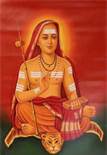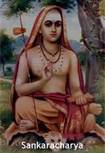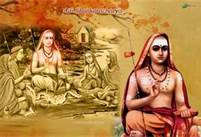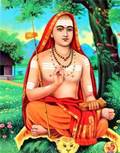"A Study of Upanishads"

ISAVASYOPANISHAD (Continued) Mantras 6 and 7. Who sees all beings in his own Self and the Self in all beings, - he does not shrink away from anything, i.e., does not get disgusted with anything. In whom, the knower, all beings have become the Self, - to him, who beholds unity, where is delusion, where is sorrow? The person who has established himself in the Absolute Self sees everything situated in himself, because he is the support and the possibility of all beings. This realisation comes to him through absolute renunciation which means the transcendence of all particular forms and diving into the general substance which enters into the very fibre of the particularities. Because of this knowledge of the oneness of all beings there is no reason for him to get disgusted with any form or to be attached to any form. He knows that he lives in all bodies and that it is his spirit that works the life of the different individuals. He is the cosmic life in which all individual lives...







